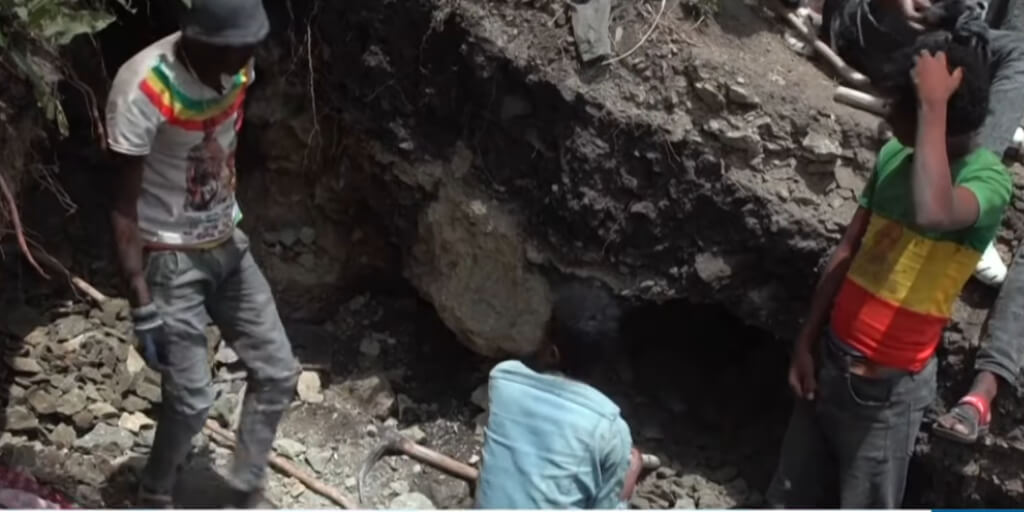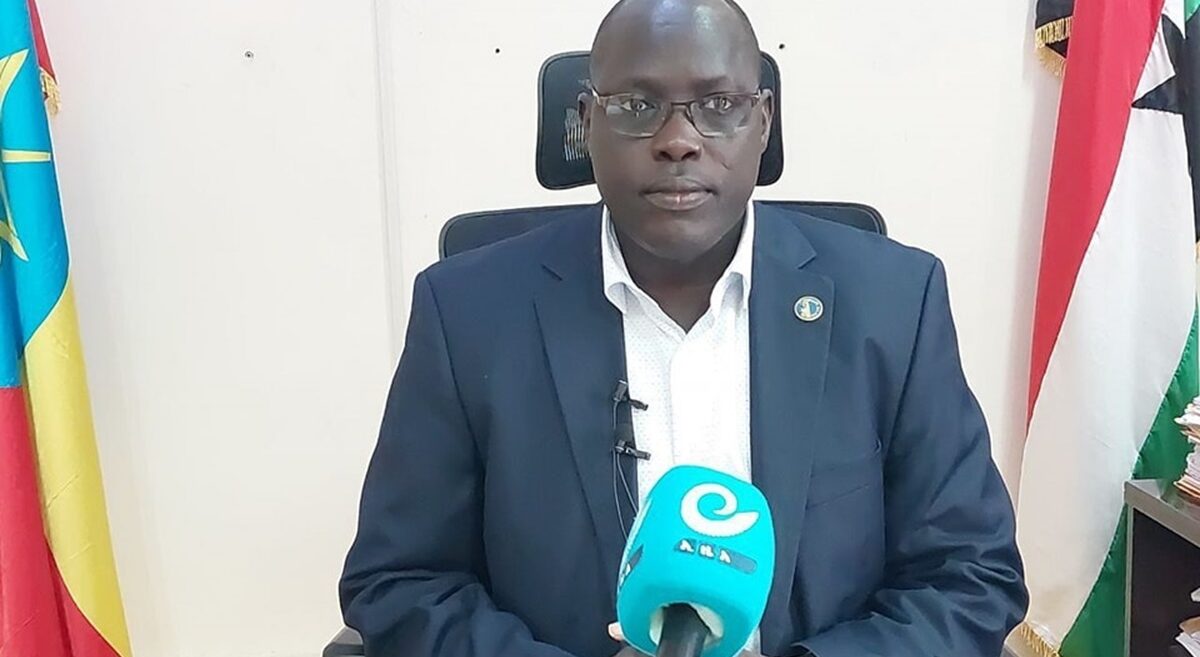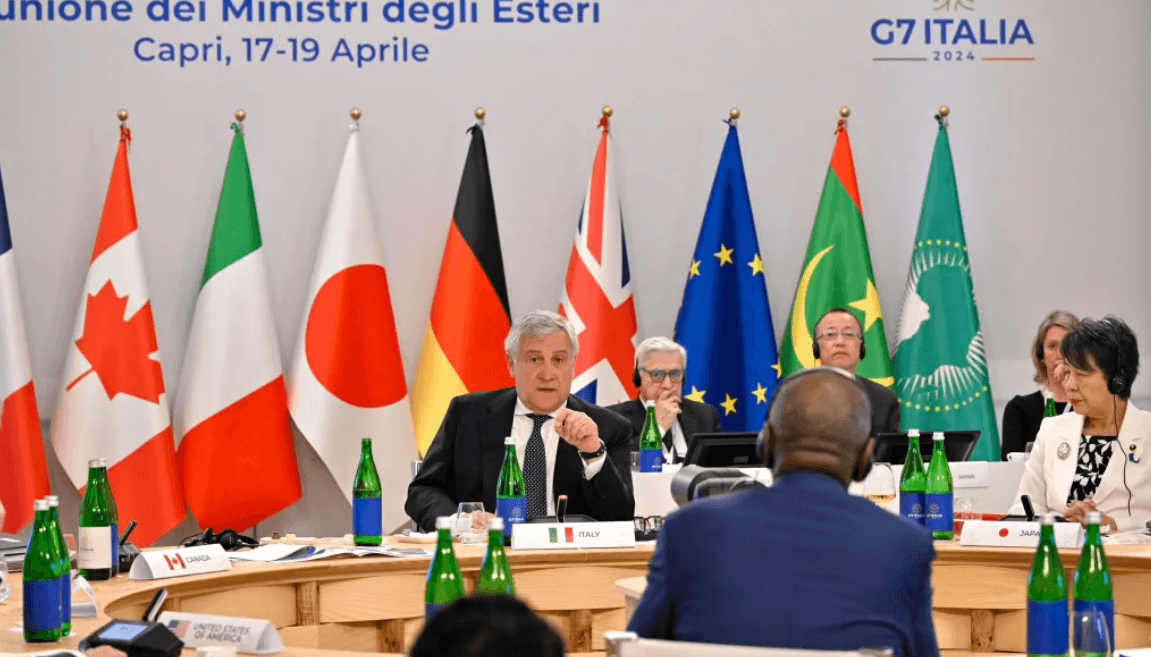Religious tension in Ethiopia
In Retrospect
Ed’s Note: This article, re-printed below to mark our 2nd year anniversary, details a disturbing hostility between Christians and Muslims in Ethiopia. It was first published in March 2011 edition of Addis Standard. Over the last year and half, the religious tension between Christians and Muslims has completely given way to new tension between Muslims and the government and that, we believe, has shifted away the confrontation between extremists of the two predominant religions in Ethiopia.
The Prime Minister tries to pacify religious anger, yet again
In May 2003, the Ministry of Federal Affairs of Ethiopia and the German Development Agency, GIZ (then GTZ) invited religious scholars and leaders alike to attend for three days a conference on federalism, conflict and peace building in Ethiopia.
Speaking at the conclusion of this highly debated conference, Assistant Professor Medehane Tadesse, an Ethiopian expert on Horn of Africa political, religious and economic affairs and a consultant on conflicts in the region, dropped a dismaying remark: “The religious equilibrium is collapsing very quickly,” he said.
Few agreed with him but for many it was dreadful. His views then were criticized as being “cynical and provocative” largely by the leaders of the two main religious groups in Ethiopia, Orthodox Christians and their second in number Muslims.
Between then and now, a lot has happened and all vindicate his assertion.
After the infamous intervention
Religious tensions in Ethiopia, a country where for centuries Christians and Muslims lived in harmony and won international acclaims for tolerating each other, reached its climax in 2006 after Ethiopia’s decision to send its troops in what its Prime Minister Meles Zenawi originally affirmed was his response to backup calls by the Somali Transitional Government (TFG) to crush Somali’s angry youth trained, armed and guided by Al Qaida affiliated Al-Shabab. Ethiopia’s infamous military intervention was greeted with disdain by the Al-Shabab, which made the battlefront uncomfortable to an “army of invaders.” At home, it escalated the already deteriorating co-existence between Ethiopia’s Christians and Muslims. To cap it all, al-Shabab called for a Jihad against Ethiopia.
“The war has provided a focal point for militants to exploit, and the result is tension and outright violence between Christians and Muslims. The recent call by Somali militants for jihad against Ethiopia is a case in point,” wrote a researcher on the topic in Oct. 2006.
Al-Shabab’s leaders left no stone unturned to justify the existence of unholy marriage between Ethiopia’s foreign policy and Christianity, further inflaming impatient Ethiopian Muslim youngsters who increasingly likened themselves as martyrs of their “oppressed” religion by an “oppressing Christian dominated” state. The case united Ethiopia’s Sufi majority and Wahhabi/Salafi minority Muslims, who otherwise have enjoyed little commonalities.
In the years following Ethiopia’s military intervention in Somali and Al-Shabab’s subsequent call for Jihad against Ethiopia, religious related scuffles intensified as both sides continued provoking one another and trading accusations; most of the time attracting the attention of the federal government and religious leaders who spared no time to condemn acts of violence committed by both sides. The most alarming one came in early 2007 when an amateur video clip dubbed on a CD showing what those who viewed it claimed was images of massacres against Christians in Jimma town, some 360 km west of the capital, found its way to the streets of Addis Ababa. According to people who saw the images, it was a terrifying scene. The claim had not been independently verified, but had brought enough tension among fanatics of both religious.
More associations than believers?
A 2007 US department of State report on International Religious Freedom confirmed “tensions between Muslim and Christian communities resulted in localized violent episodes on several occasions.”
More and more Muslim fraternal organizations made their presences felt, including the powerful Ethiopian Muslims in Diaspora and Ethiopian Canadian Muslims Community Association. Most of the members of both associations live in Canada and the US but also in Ethiopia and various parts of Europe. More often than not, these organizations voice their angers against what they believe is a religious discrimination against Muslims in Ethiopia.
In December 2008 news emerged from the Gurage region in Southern Ethiopia about an alleged burning by Orthodox Christians of eight Mosques. It sparked an angry reaction from the Ethiopian Canadian Muslims Community Association. “This is not the first time and our fear is that this might not be the last” a statement from the association says. As usual, it was copied to the Ethiopian consulate in Canada and the Prime Minister’s office among others. “In the past we voiced our concern when the rights of Ethiopian Muslims were eroded.”
The group also voiced a loaded anger against allegations that the “Holy Quran was desecrated and was used as a toilet paper by similar groups.”
Although no independent report can verify it, few weeks later in Jan. 2009, Ethiopian Christmas related violence claimed the life of one man in the chartered city of Dire Dawa, in eastern Ethiopia near the Ethiopian Somali region. More than 20 Christians and Muslims were also injured in the violence that ensued.
In its 2009 call against “religious provocations”, Ethiopian Muslims in Diaspora issued a statement (which was once again copied to various government organizations including the office of the prime minister) “the attack on Muslims by fanatic Christians of various denominations has intensified.” It claimed the attacks against Muslims in Ethiopia were gaining momentum since the 2007 population and housing census. “The situation has gone to an alarming scale since the preliminary result of the census was made public and put the religious composition of the country to be 62.8% (Christians) and 33.9% (Muslims).”
The police are always there
In the same year the Addis Ababa police rounded up many young Orthodox Christians for allegedly printing and distributing brochures carrying “inciting” materials about Muslims in Ethiopia. Some say the move was the boldest ever state intervention taken against Christians. It was quickly followed by a harsh statement issued from Ethiopia’s ministry of Federal Affairs. The statement reiterated the government’s zero tolerance against “the unconstitutional action of some individuals and groups under the cover of religion.” It also called upon the public and religious leaders to work closely with law enforcing agents to put similar incidents under control.
The federal government knows all too well about the potential damage such incidents could bring on the rest of the country and has its radars adjusted for any signal anytime, anywhere. In almost all incidents the federal and regional police were involved in calming the violence and keeping an eye for a possible aftershock. From time to time, Prime Minister Meles Zenawi would spare few minutes during his rare media appearances and announce a stern warning against those who are caught inciting religious tensions.
His recent remark came against the backdrop of the latest disquieting news that came from Asendabo, a small village in the vicinities of Jimma town. Local authorities claimed Muslim fanatics burnt up to 50 churches in Asendabo and Omo Nada, another locality 15 Kms west of Asendabo. One person was killed during the attack and three more have died while receiving treatment in Jimma Hospital, according to a source in Jimma town.
The news is fast spreading amongst Ethiopians who regard the existence of such news nervously.
During a media briefing on Saturday March 12, Prime Minsiter Meles Zenawi blamed “elements of the Kawarja sect and other extremists”. So far, the public at large knows so little, if not nothing, about the Kawarja sect; but unsurprisingly, the government does.
Reacting to the Prime Minister’s response, an analyst in African religious conflicts told this magazine so far the government’s interventions to control such incidents have been similar to “extinguishing a fire without dealing with the cause.” The game must be played more by Ethiopia’s religious leaders whose first reactions are by and large silence, says this analyst. Although there have been times when leaders of both religious sides have came out and spoke against religious fanaticism, “what they have done so far is too little. They hold the key to the problem and they must use it as it should be.”







